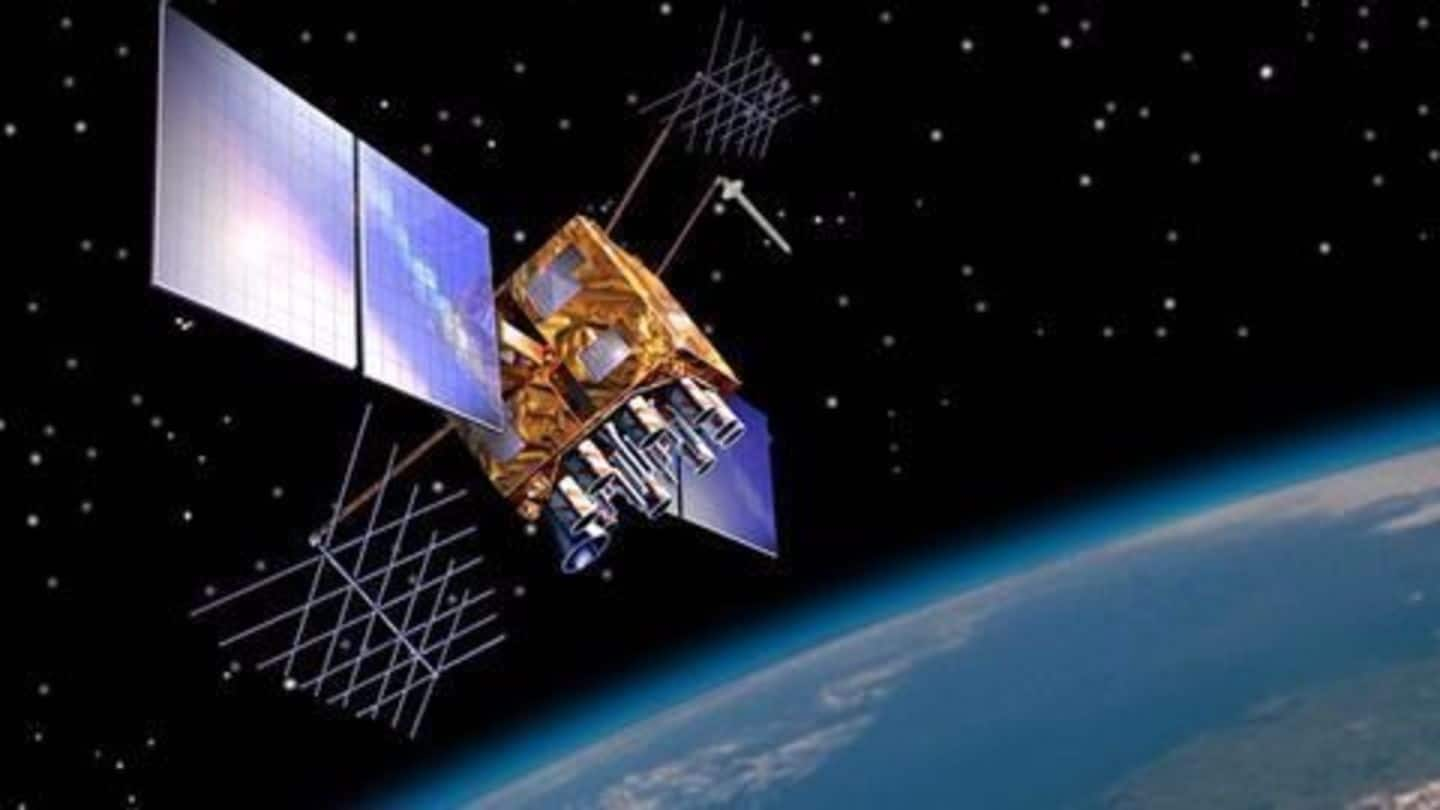
Rukimini: How Indian Navy tracks Chinese movements in Indian Ocean
What's the story
The surveillance satellite GSAT 7, 'Rukmini' has been acting as Indian Navy's eye in the high seas, especially in tracking Chinese movements in the Indian Ocean, which have increased amid the ongoing Sikkim stand-off. Rukmini further helps the Navy maintain its 2000 nautical mile footprint in the Indian Ocean Region (IOR) covering both the Arabian Sea and the Bay of Bengal. Let's know more!
Context
Sikkim stand-off: Chinese navy increases presence in the IOR
China's People's Liberation Army-Navy (PLAN) has been increasing its deployments in the Indian Ocean, amid the ongoing stand-off between India and China at the Sikkim border, PLAN units noticed to have been engaged in unusual activities in the Indian Ocean and more number of ships anchored in Karachi have raised alarm. 'Rukmini' noticed the presence of 13 PLAN units including Luyang-III class destroyers.
About
All about Rukmini
Rukmini (also known as GSAT 7 and INSAT-4F) is a multi-band communication-cum surveillance satellite, launched by ISRO in 2013. Placed in a geo-stationary orbit it operates in UHF, S, C and Ku bands and provides a wide range of communication services from low-bit rate voice to high-bit rate communication. Rukmini has been crucial in reducing dependence on foreign satellites including Inmarsat, for intelligence.
Do you know?
ISRO and Rukmini
As opposed to earlier satellites intended for both civilian and military use, Rukmini is the first ever satellite that ISRO launched purely for military purposes. Launched by Arianespace in French Guiana, it is estimated to have costed Rs. 185 crore.
Details
How does Rukmini bolster India's security?
Rukmini helps in providing real-time inputs to the Indian Navy and has helped overcome 'line of sight' limitations. It enhances the networking capabilities of Navy's assets and has helped in expanding naval surveillance and communication capabilities from Persian Gulf in the West to Malacca strait in the East, covering about 70% of the IOR. It also keeps the Army informed on movements on land.
Analysis
The larger picture
Surveillance backing provided by Rukmini is pivotal in helping Indian Navy enhance its blue water capabilities and evolve itself as a global force to be reckoned with. Rukmini's services are further relevant in the interest of threats coming in from the maritime front, such as the 26/11 attacks. IN can further step up on Maritime Domain Awareness with rigorous patrolling of the seas.
Do you know?
Coming soon! A Rukmini for the IAF
ISRO is currently developing GSAT-7A to enhance surveillance and network-centric warfare capabilities of the Indian Air Force. Expected to be launched by end of 2017, the satellite will enable the IAF to link ground air-bases and radar stations and Airborne Early-Warning and Control aircraft (AWACS).